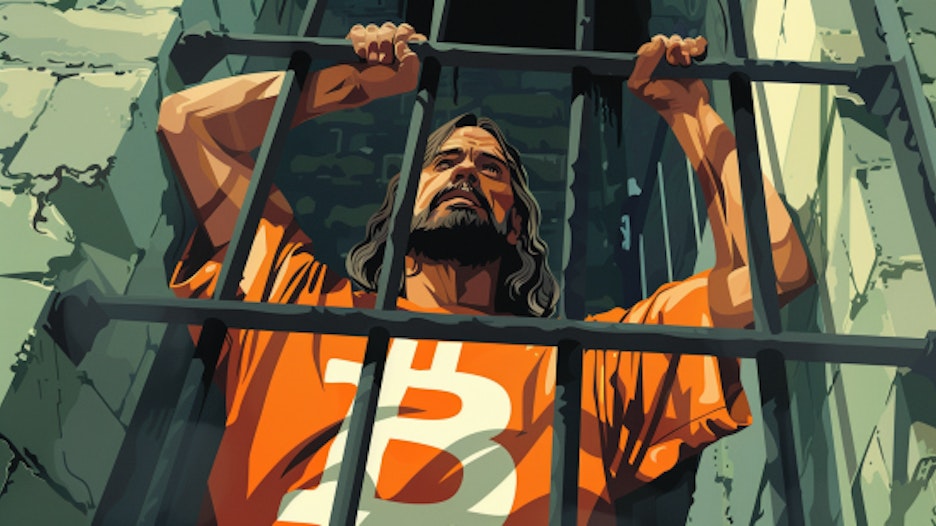News - New hope for crypto interoperability
With thousands of blockchains and thousands of dApps, the crypto sector is increasingly suffering from fragmentation. Chain Abstraction, however, offers a solution to the usability that results.
With thousands of blockchains and thousands of dApps, the crypto sector is increasingly suffering from fragmentation. Chain Abstraction, however, offers a solution to the resulting limited usability.
For users, therefore, interaction proves particularly cumbersome. They want to access different applications located on different blockchains. But they usually only have coins and tokens on one network. To get on the desired chain, they have to enter risky and costly bridges and acquire the respective guest token to pay transaction fees. The new technological approach of "Chain Abstraction" could provide a solution here.
The usability problem of crypto
One of the first concepts for Chain Abstraction comes from Connext, an interoperability protocol. The idea behind the technology is simple: the front-end application should move to the foreground, the blockchain technical processes to the background. They are "abstracted," so to speak. Instead, special smart contract modules in the back-end take over bridging and exchanging tokens between networks, paying gas fees and signing transactions. Users no longer need to perform these processes manually.
For users, it becomes irrelevant on which blockchain the desired liquidity pool or trading pair is located. The entire process takes place on a front-end platform, removing one of the biggest obstacles (User Experience) to crypto adoption. For crypto-dApp developers, the integration of smart contract modules is simplified through dedicated toolkits. This will allow them to quickly develop cross-chain apps, also known as xApps.
Every asset, every chain, in one place
Anyone who wants to surf the Internet does not need to be an expert in back-end software. Jumping from website to website is usually just a click away. This simplicity has been lacking in the blockchain sector until now. Abstracting the technical processes should now enable new projects to unify the crypto sector. One of these is Catalyst.
Catalyst is one of the first omni-chain DEXes designed to exchange tokens blockchain independently. In doing so, it follows the idea of Thorchain, but builds on the growing trend of modularity in the blockchain industry. Modular blockchains are easier to customize and launch. They also integrate more easily into existing networks. This breaks down existing barriers between chains. If successful, the project could form a universal "liquidity layer" of the crypto sector.
While crypto users may prefer certain blockchains because of their current scalability, their future compatibility and modularity may be even more important. Chain Abstraction, combined with cross-chain messaging protocols such as LayerZero, is seen as a bright spot for the industry's progress in this area.






